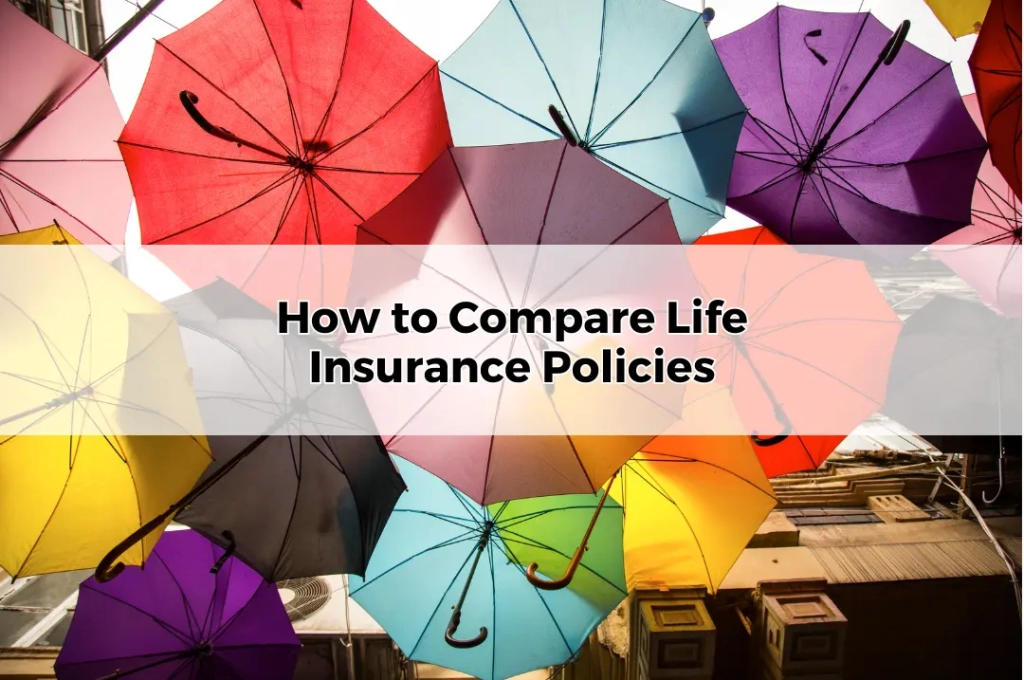How to Compare Life Insurance Policies
Table of Contents
ToggleLife insurance is a cornerstone of a solid financial plan, providing peace of mind that your loved ones will be financially secure in the event of your death. It ensures that ongoing financial obligations such as mortgages, school fees, or everyday living expenses can be met without placing an undue burden on your family. Integrating life insurance into your broader financial strategy can safeguard the wealth you’ve built and protect your dependents from financial hardship. For anyone considering long-term financial planning, life insurance is a must-have component, forming a critical part of wealth protection and estate planning.
What is Life Insurance?
Life insurance is a contract between you and an insurer, where you pay regular premiums, and in return, the insurer provides a lump sum payment to your beneficiaries upon your death. This payout can be used to cover a range of financial needs, from paying off debts to supporting your family’s living expenses or funding your children’s education. The two key elements of a life insurance policy are the premium, which is the amount you pay, and the death benefit, which is the amount your beneficiaries receive. Understanding these components is crucial when comparing different policies to find one that aligns with your financial goals.
Different Types of Life Insurance
There are two primary types of life insurance: term life insurance and whole life insurance. Term life insurance provides coverage for a set period, such as 10, 20, or 30 years, and is often more affordable than whole life insurance. Whole life insurance, on the other hand, covers you for your entire life and typically includes an investment component, allowing your policy to accumulate cash value over time. While whole life insurance offers more comprehensive coverage, it comes at a higher cost. Choosing between term and whole life insurance depends on your financial situation and long-term goals.
How Much Life Insurance Do You Need?
Determining the right amount of life insurance coverage requires careful consideration of your current financial obligations and future needs. Factors such as your mortgage, outstanding debts, children’s education costs, and your family’s living expenses all play a role in calculating an appropriate coverage amount. A common approach is to use a multiple of your annual income—typically between 10 and 15 times—as a guideline. However, personal circumstances vary, so it’s essential to tailor the coverage to your specific situation. The goal is to ensure your family can maintain their lifestyle without financial strain after you’re gone.
Policy Duration
The term length of a life insurance policy is just as important as the coverage amount. The duration of your policy should align with your financial obligations, such as the length of your mortgage or the number of years your children will remain financially dependent. If you’re considering term life insurance, it’s crucial to select a term that provides coverage for the entirety of your family’s key financial milestones. While shorter-term policies tend to be cheaper, you don’t want to risk your policy expiring when your family still relies on your income. A well-chosen term provides security at critical times.
Premium Structure
Premiums can be structured in two main ways: fixed or stepped. Fixed premiums remain the same throughout the life of the policy, which provides predictability and helps with long-term budgeting. Stepped premiums, on the other hand, start lower but increase as you age, often becoming significantly more expensive later in life. While stepped premiums may seem more affordable initially, they can become burdensome in the long run, especially as you approach retirement. Understanding these premium structures is essential for choosing a policy that aligns with your financial plans and capacity to pay over time.
What to Look for in a Policy
Many life insurance policies offer optional add-ons, known as riders, which can enhance your coverage. Common riders include total and permanent disability (TPD) cover, which provides a payout if you’re permanently unable to work, and trauma cover, which offers protection in the event of serious illness such as cancer or a heart attack. These features can provide valuable financial support in difficult times, but they also increase the cost of your policy. It’s important to carefully consider whether these additional features are necessary based on your individual needs and risk factors.
The Role of Exclusions in Life Insurance Policies
Exclusions are specific conditions or events that your life insurance policy will not cover. Common exclusions include death resulting from high-risk activities such as skydiving, suicide within a certain time frame after taking out the policy, and pre-existing medical conditions that were not disclosed during the application process. Understanding these exclusions is vital to ensure there are no surprises when a claim is made. Carefully reviewing the exclusions of a policy before purchasing can help you avoid future complications and ensure that your loved ones are fully protected.
Comparing Policy Costs
Cost is a major factor when comparing life insurance policies, but it’s important not to focus solely on finding the cheapest option. The key is to strike a balance between affordability and adequate coverage. Lower premiums may seem attractive, but they often come with limited coverage or higher exclusions, leaving your family underinsured. On the other hand, an expensive policy that strains your budget may not be sustainable in the long run. The goal is to find a policy that provides the protection you need without compromising your financial stability.
Insurer Reputation
The reputation of your life insurance provider is just as important as the policy itself. An insurer’s financial strength and claims history can provide insight into their reliability when it comes to paying out claims. You want an insurer with a proven track record of honouring claims and providing excellent customer service. Researching an insurer’s reputation, including customer reviews and ratings from independent agencies, can help you make an informed decision. Opting for a well-established insurer can give you the confidence that your policy will be there for your family when they need it most.
The Role of Financial Advisers in Life Insurance Decisions
Navigating the complexities of life insurance can be overwhelming, and that’s where a financial adviser comes in. A financial adviser can help you assess your financial needs, recommend the right amount of coverage, and guide you through the process of comparing different policies. In Toowoomba, financial advisers are well-equipped to provide localised advice that takes into account the specific financial landscape of the region. Whether you’re looking to protect your family, secure your business, or plan for retirement, a financial adviser can tailor a life insurance solution to fit your unique circumstances.
Reviewing Your Life Insurance Policy Regularly
Life insurance is not a one-time purchase. As your life changes, so too should your coverage. Major life events such as marriage, the birth of a child, or purchasing a home can significantly impact your insurance needs. Periodic reviews of your policy ensure that it continues to provide adequate protection for your family. Over time, your financial obligations may grow or shrink, and your policy should reflect these changes. Regular reviews also allow you to adjust your coverage or premium structure as needed, ensuring that your life insurance policy remains an integral part of your financial plan.









